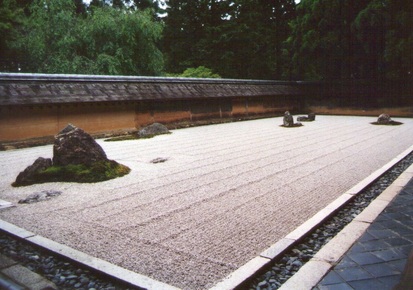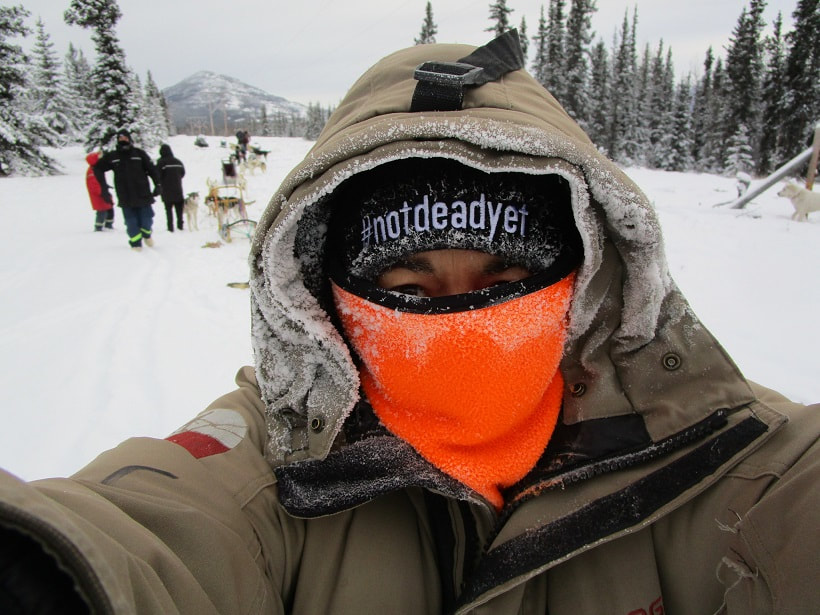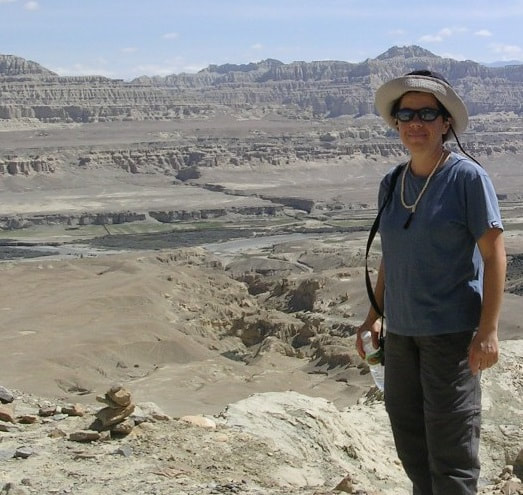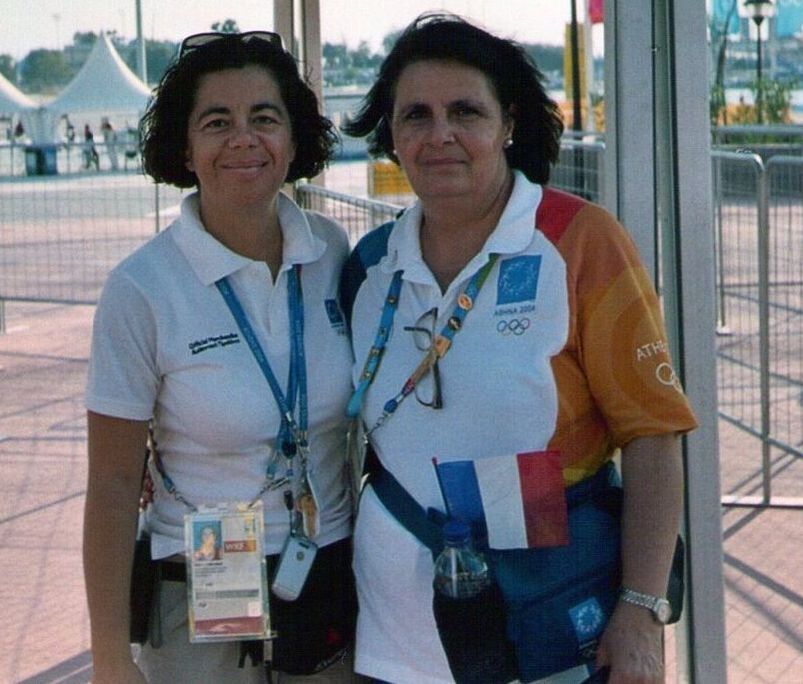|
The motorbike skidded along the pot-holed road, took a sharp turn and launched itself across the river. It landed heavily and continued its accelerated journey across the uneven terrain. Strapped securely into my seat, I could feel the nausea slowly creeping up on me; I wasn’t sure how much longer I could contain it. I staggered outside as soon as the ride was over only to be assaulted by a scorching sun and swarms of Japanese students enthusiastically shouting “hello” in English. It probably wasn’t the best day to be on a simulator ride at a theme park after a long night of drinking sake. 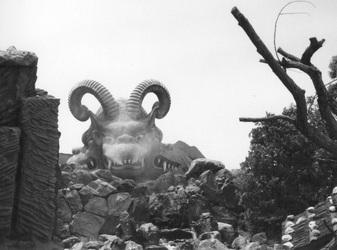 Image: Hari Kotrotsios In the background, a rumbling noise preceded a monstrous roar. The earth shook, rocks dislodged and Godzilla slowly rose through the rubble. After letting off some steam, the monster roared again before mechanically disappearing behind the replica boulders. Overhead, a robotic ninja stealthily inched its way across a wire rope. Aah… Japanese Hollywood: Eigamura, the film set and theme park located near Kyoto in Japan. Taking a break from the novelty - and queasiness - of the simulator rides, I walked through the Edo Period (1603-1867) village which featured traditional buildings sometimes used as a backdrop for historical movies and TV dramas. I avoided eye contact with the roving samurai warriors as I was in no state to face a fake fight scene, despite the allure of being on a movie set. I was, however, hoping to see some real ninja action. “Would you mind coming along to translate for me?” the British tourist asked during breakfast one morning. “I want to give thank you gifts to some Japanese who bought me drinks last night.” “Sure,” I said, keen for any opportunity to practice my recently acquired language skills and taste for sake. Six months into my stay in Tokyo in 1992 I ventured south to Kyoto to experience the traditional lifestyle by staying in a ryokan, and admiring the tranquillity of zen gardens while drinking green tea. Despite my reasonable conversation ability in Tokyo, though, I was appalled by the realisation that I couldn’t understand a word of the Kyoto dialect. I resolved to have a few words with my Japanese teacher when I returned to Tokyo! “Kanpai!” we drank to each other’s health in the little sake bar, as the lack of fluent conversation didn’t seem to matter so much, as long as we dutifully raised our cups to be refilled by our Japanese hosts. 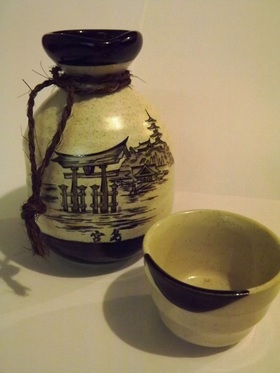 Image: Hari Kotrotsios Sake FAQs • A clear alcoholic beverage made from rice, water, yeast, and a mold known as Koji. • It’s not a distilled beverage, and isn’t remotely related to gin, vodka or other spirits. • There are about 65 varieties of rice designated as sake rice. • It has 15% - 17% alcohol. • There are between 180-240 calories, or 20-27 grams of carbohydrates, in 5.5oz glass of sake. • Most good sake should be enjoyed slightly chilled. Cheaper sake is served warm. • Hot sake is called atsukan, and cold sake is called hiyazake. • Sake was warmed in the old days because it was woodier and rougher; warming masked its less-than-refined aspects. Source: Sake World Drinking etiquette
• Sake is served in tokkuri (small sake bottles) and poured into o-choko (small sake cups). • It’s customary to serve others, rather than serving yourself. • Regularly check your friends’ cups, and replenish them before they’re empty. • If someone wants to serve you, drink up to make room in your cup, hold it up for the person while they pour, and then take at least one sip before putting the cup down. Source: Japan Guide “Yes, that’s a good idea! Let’s go to Eigamura tomorrow,” I said to the British tourist as we continued sampling the hot sake and delectable Japanese treats late into the night. “I was planning on going anyway.” What are your drinking etiquette tips while travelling in other countries?
0 Comments
Your comment will be posted after it is approved.
Leave a Reply. |
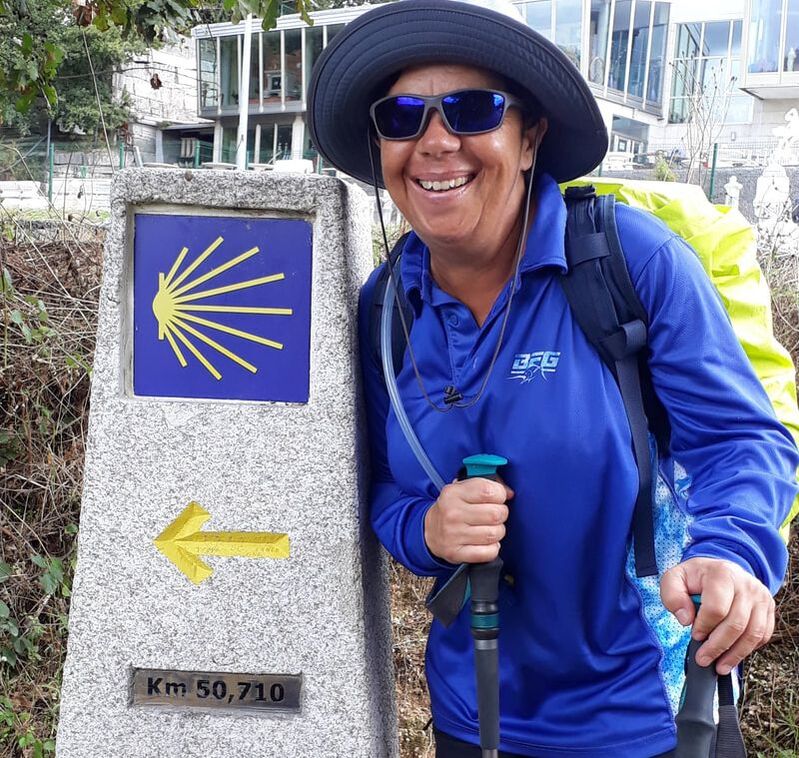 Portuguese Camino 2019 Portuguese Camino 2019
Travel blogs
New Zealand 2008 Tibet 2007 New Zealand 2006 Melbourne 2006 United Kingdom 2004 Athens Olympics 2004 Peru 2003 Beijing to Athens 1994 Nepal 1991 Categories
All
Archives
December 2019
|
|
I acknowledge the traditional Custodians of the land on which I work and live, the Gubbi Gubbi / Kabi Kabi and Joondoburri people, and recognise their continuing connection to land, the waters and sky. I pay my respect to them and their cultures; and to Elders past, present and emerging.
|
© 2024 HARI KOTROTSIOS
|
